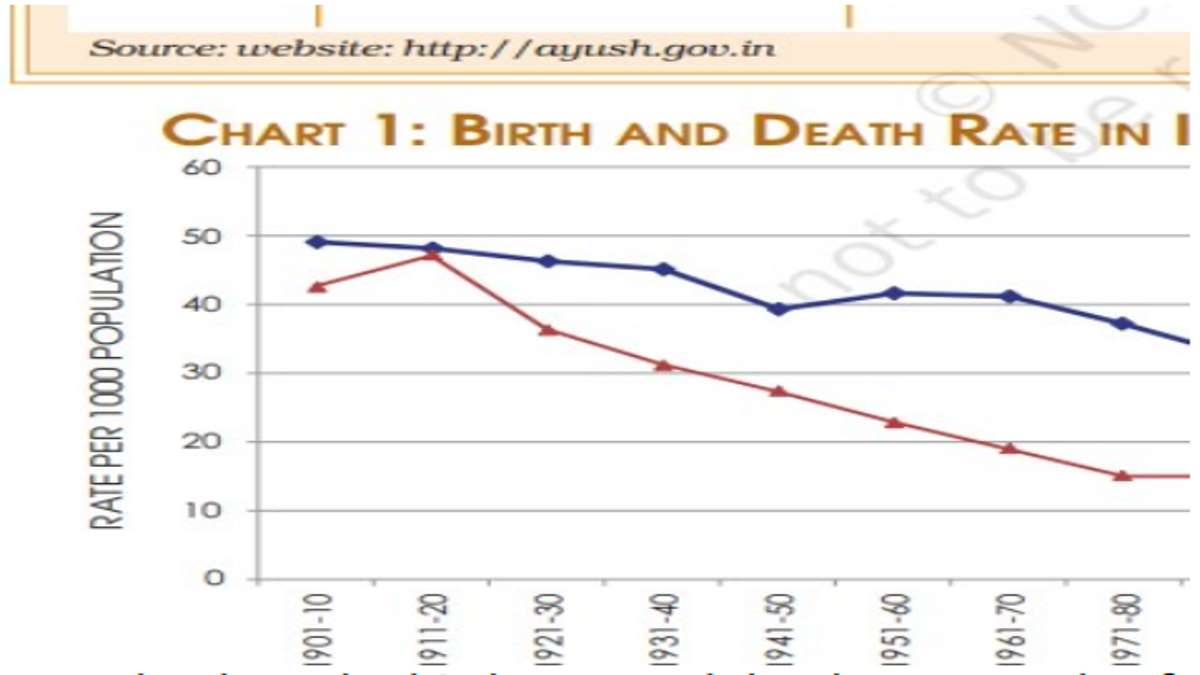In this post I have provided CBSE Class 12 Sociology Most Important Cased Based Questions With Answers For Session 2022-23. If you are preparing for class 12th board examination then these questions are very important for you.

CBSE CBSE 12 Sociology: Higher Order Case-Based Questions With Answers
Case 1. “The power of population is so superior to the power of the earth to produce subsistence for man, that premature death must in some shape or other visit the human race. The vices of mankind are active and able ministers of depopulation. They are the precursors in the great army of destruction, and often finish the dreadful work themselves. But should they fail in this war of extermination, sickly seasons, epidemics, pestilence, and plague advance in terrific array, and sweep off their thousands and tens of thousands. Should success be still incomplete, gigantic inevitable famine stalks in the rear, and with one mighty blow levels the population with the food of the world.” – Thomas Robert Malthus, An essay on the principle of population, 1798.
a. What does Malthus refer to as ‘success’?
Ans. The process of depopulation.
b. Is the ‘mighty blow’ that Malthus refers to a preventive or a positive check?
Ans. Mighty blow is a positive check i.e. famine.
c. What does Malthus mean by ‘power of Earth’?
Ans. Power of Earth is referred to as the ability of Earth to produce subsistence.
d. What is the power of population?
Ans. Power of population implies the rate at which population increases.
Case 2.
a. Why does the birth rate and death rate overlap for the decade 1911-20?
Ans. Negative growth rate due to the influenza epidemic during 1918-19
b. Why do birth rate and death rate differ for the year 2017?
Ans. Birth rate is resistant to decline whereas death rate declines sharply.
c. Which indicator is declining sharply and why?
Ans. Death rate; advancement in medical infrastructure
d. Which indicator is not declining sharply and why?
Ans. Birth rate; it is a socio-cultural phenomenon
Case 3. Assertions of tribal identity are on the rise. This can be laid at the door of the emergence of a middle class within the tribal society. With the emergence of this class in particular, issues of culture, tradition, livelihood, and even control over land and resources, as well as demands for a share in the benefits of the projects of modernity, have become an integral part of the articulation of identity among the tribes. There is, therefore, a new consciousness among tribes now, coming from its middle classes. The middle classes themselves are a consequence of modern education and modern occupations, aided in turn by the reservation policies.
a. What gave rise to a middle class among the tribes?
Ans. Reservation policies and education
b. The reasons for asserting tribal identity for the uneducated and poor Adivasis and the middle classes among the tribes are the same. Mark the statement as true or false.
Ans. False
c. States like Jharkhand and Chattisgarh have made full use of their statehood as a result of the tribal movement. Mark the statement as true or false.
Ans. False
d. Mark the statement as true or false. Tribes were a community which always had sharp divisions.
Ans. False
Case 4. Castes are not only unequal to each other in ritual terms, they are also supposed to be complementary and non-competing groups. In other words, each caste has its own place in the system which cannot be taken by any other caste. Since caste is also linked with occupation, the system functions as the social division of labour, except that, in principle, it allows no mobility.
a. What is not characteristic of caste?
1) Determined by birth
2) linked to occupation
3) Strict Rules of Marriage
4) Freedom to go to another caste at your own discretion
Ans. 4) Freedom to go to another caste at your own discretion
b. Castes were traditionally linked to occupation. [TRUE /FALSE]
Ans. True
c. Caste is never a matter of ________ [‘Fill in the blank’]
Ans. Choice
d. Correct the Sentence-Theoretically caste system allows some kind of mobility.
Ans. Theoretically caste system does not allow any kind of mobility.
Case 5. The positive impact of successes – such as the achievement of statehood for Jharkhand and Chattisgarh after a long struggle – is moderated by continuing problems. Many of the states of the North-East, for example, have been living for decades under special laws that limit the civil liberties of citizens. Thus, citizens of states like Manipur or Nagaland don’t have the same rights as other citizens of India because their states have been declared as ‘disturbed areas’.
a. What has made parts of our country’s North-East disturbed area?
Ans. State repression followed by armed rebellion leading to a vicious circle.
b. States like Jharkhand and Chattisgarh are examples of federal structure of India. Mark the statement as true or false. Justify your answer.
Ans. True. These states achieved statehood as a result of tribal struggle.
c. Which larger structures make the tribals powerless?
Ans. State
d. Mark the statement as true or false. Tribals have to use their own resources illegally today.
Ans. True
